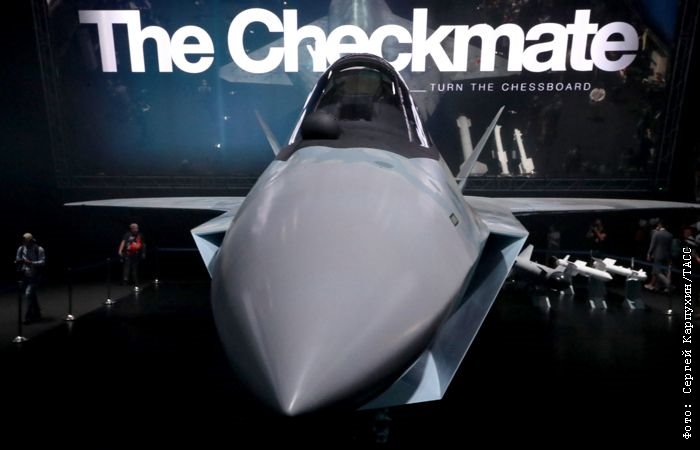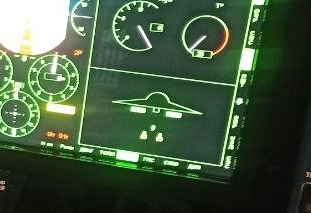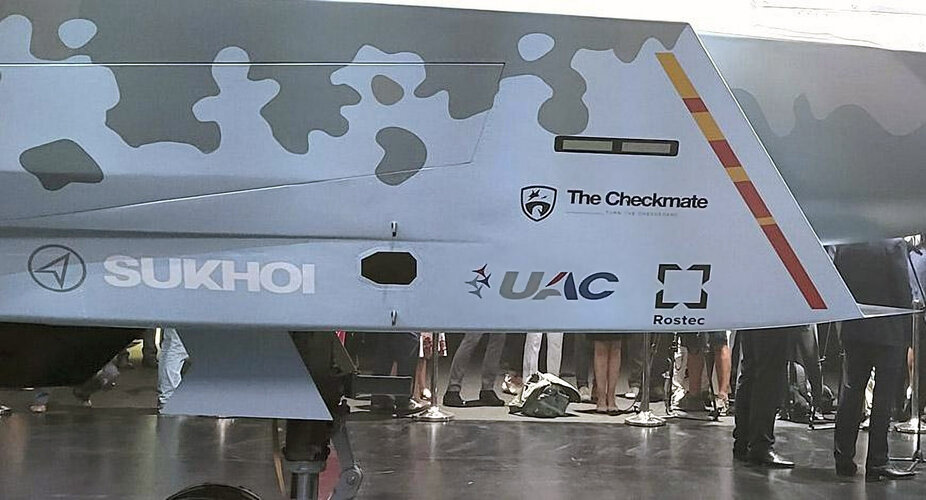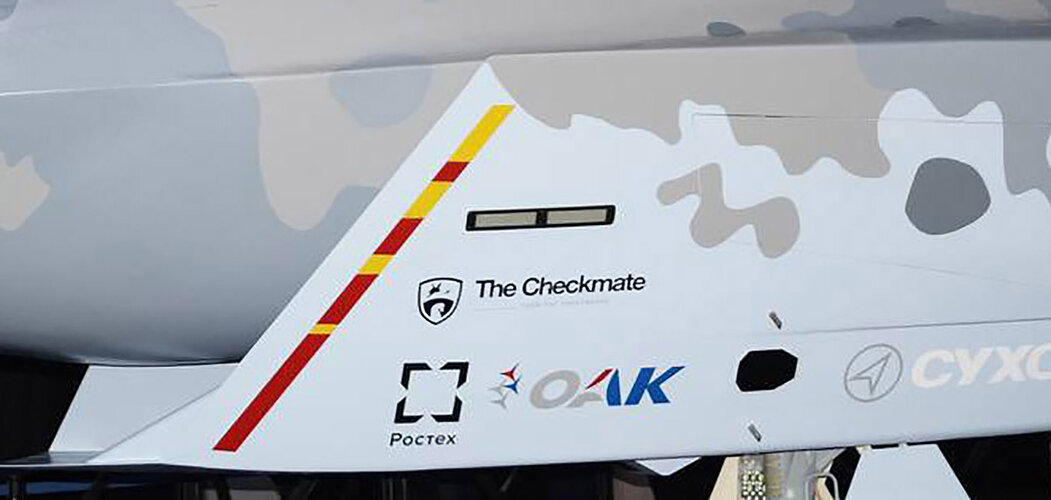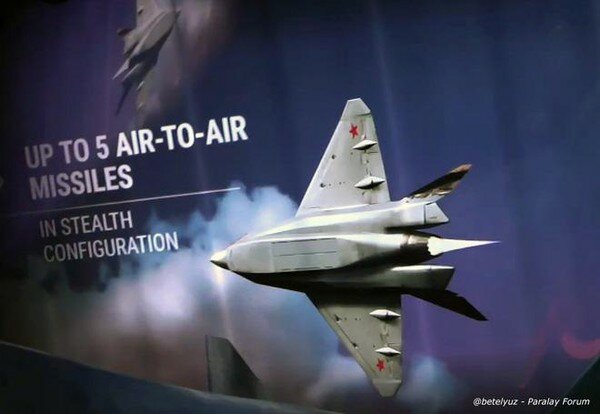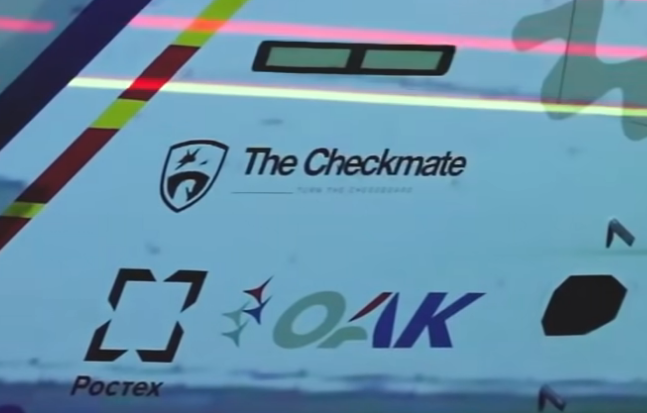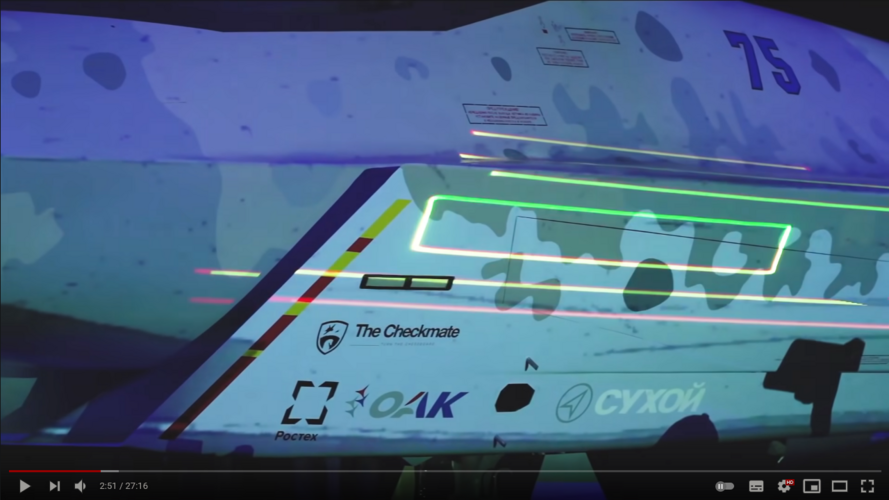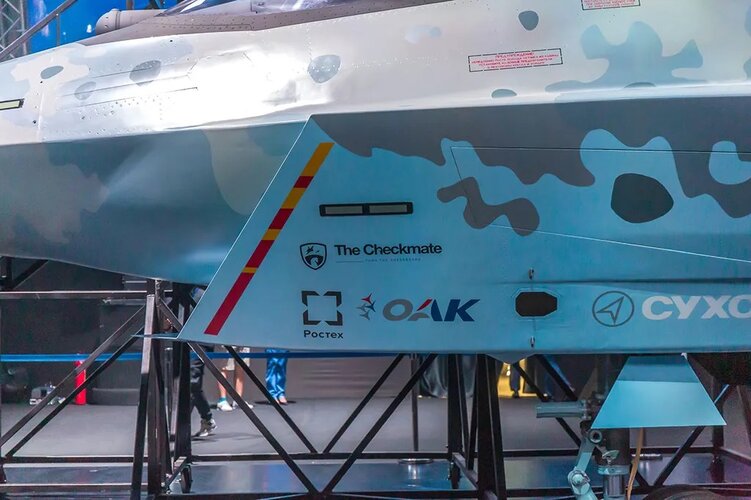TMA1
ACCESS: Secret
- Joined
- 6 February 2021
- Messages
- 439
- Reaction score
- 611
Agreed. It's why I am a 30 year old boomer and love the cold war designs. That said at least the ruskies give the boring stealth a bit of flair. Everybody else except China and Russia are making f22 facsimiles. I guess it is nice to see other design ideologies besides the western style still in existence.ooh very nice!
its like a modern day, stealthy, F-8 Crusader!! and we all love the crusader! in that dark grey-blue color, it reminds me of the French navy F-8s.
in any case how likely is this aircraft able to be navalized? is there enough room for a tail hook in the back?
That intake is so weird, tortured - and a split, for only one engine ?
Dead fighter designers from the 50's if they came back would say "that stealth thing may be advantageous, but it really results in ugly and tortured designs..."
Edit: had to correct the autocorrect
Last edited:

